The Day of the Dead is one of the most important celebrations in Mexico. This celebration, which takes place on November 1 and 2, is a tradition with pre-Hispanic roots and has been declared Intangible Cultural Heritage of Humanity by UNESCO.
In this article, we will delve into the origin of this festival, its meaning, how it is celebrated, and its impact on the world, thanks to the Disney-Pixar movie, COCO.
To begin, is it called Día de Muertos or Día de los Muertos? We must point out that both forms are commonly used, but the most common and correct form is “Día de Muertos.”
The origin of the Day of the Dead dates back to the prehispanic cultures of Mesoamerica, such as the Mexicas, Mayas, Purépechas, and Totonacas. These cultures believed that death was not the end of life, but simply a transition to another plane. For them, the Day of the Dead was an opportunity to honor and remember loved ones who had passed away and celebrate their lives instead of mourning their deaths.
In the prehispanic era, the celebration took place in the ninth month of the Mexica calendar (August) and lasted a whole month. After the arrival of the Spanish, the date was moved to coincide with the Catholic festivities of All Saints’ Day and All Souls’ Day (November 1 and 2).
The Day of the Dead is a festival full of symbolism and meaning. During the celebration, it is believed that the souls of loved ones who have passed away return to the world of the living to visit their families. That is why during the Day of the Dead, altars are created in homes and cemeteries, where offerings are placed to welcome the deceased.
The offerings typically include items such as pan de muerto, a sweet bread shaped like a skull and crossed bones; cempasúchil flowers, yellow flowers believed to guide the deceased to their offerings; candles and votive candles representing the light that illuminates the path of the dead; and photographs and personal objects of the deceased.
During the celebration of the Day of the Dead, various activities take place throughout Mexico. One of the most popular is the parade of catrinas, a procession of people dressed as elegant and colorful skeletons. This parade takes place in Mexico City and other cities in the country.
Another popular activity in the celebration of the Day of the Dead is the visit to cemeteries. Families come to clean the graves of their loved ones and decorate them with flowers and candles. In some places, theatrical performances and live music take place in cemeteries.
In some regions of Mexico, the Day of the Dead is celebrated in a very particular way. In Oaxaca, for example, graves are adorned with flower crowns and candles, and a nighttime parade takes place where paper lanterns are lit. In Michoacán, residents create altars for the dead with personal items, food, and favorite drinks of the deceased. The celebration of the Day of the Dead in Mexico has transcended borders and is now considered one of the most emblematic and representative festivals of Mexican culture.
In 2017, the Disney Pixar film “Coco” became a worldwide phenomenon, presenting the audience with a vision of the Day of the Dead in Mexico. The film follows the story of a boy named Miguel, who wants to become a musician despite his family’s prohibition due to an ancient curse. Throughout the story, Miguel discovers the importance of the Day of the Dead and how this tradition helps keep the memory of departed loved ones alive.
“Coco” was well-received by the audience and critics, grossing over 800 million dollars worldwide and winning two Oscars in the categories of Best Animated Feature and Best Original Song for “Remember Me.” The film helped introduce the world to the rich culture and traditions of Mexico and promote the celebration of the Day of the Dead as a festival worth knowing and enjoying.

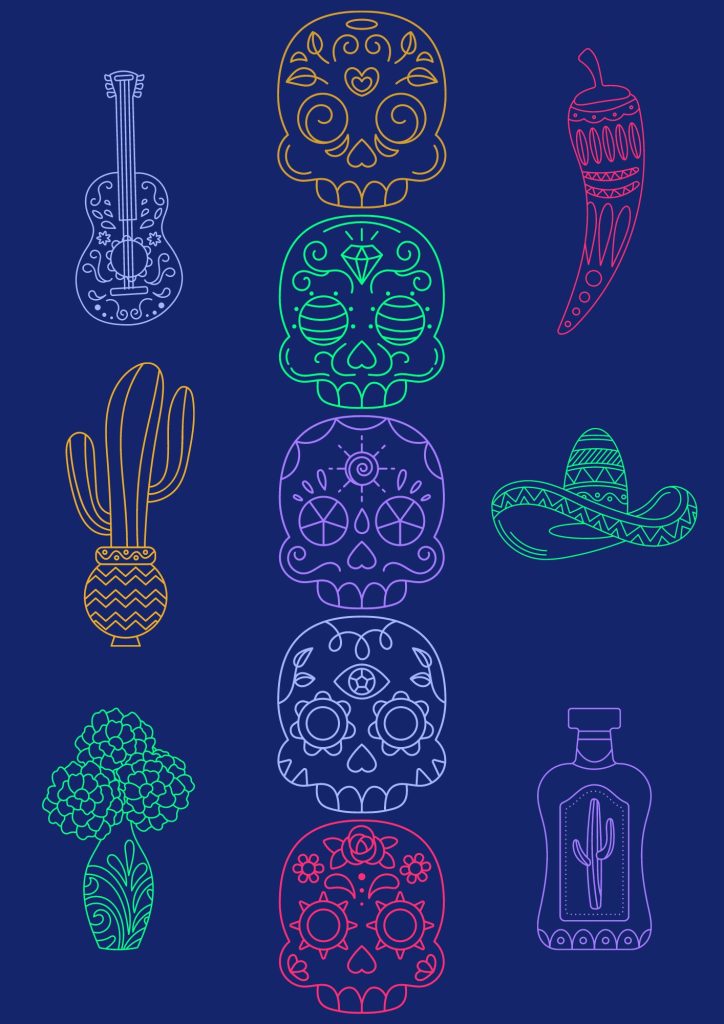
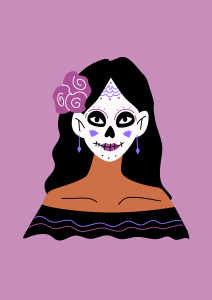
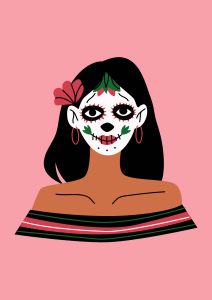

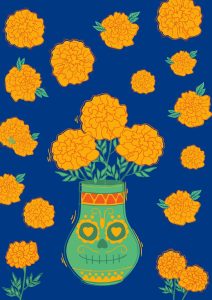

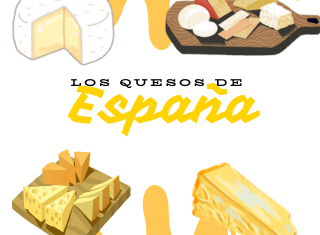
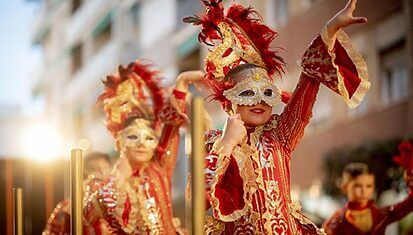
There are no comments on The Day of the Dead